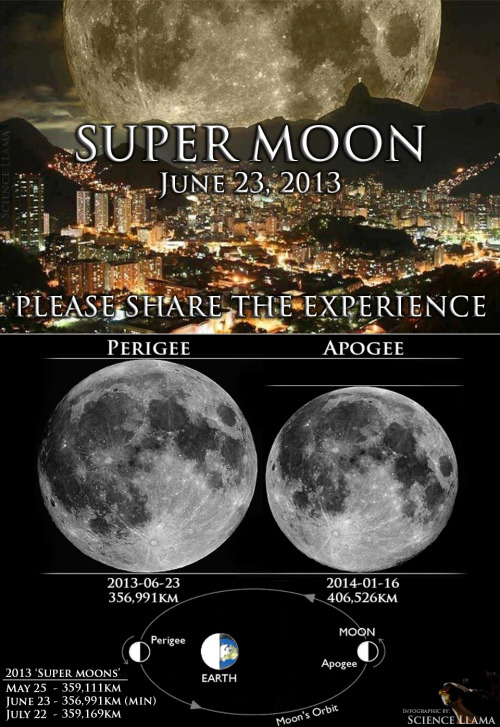NASA scientists have discovered an astonishing large cluster of black holes in our nearest galactic neighbor, Andromeda's central bulge.The 26 candidates to be black holes were spotted with the Chandra X-ray Observatory from more than 150 observations spread over 13 years.
 Each of the black holes is of the kind that forms after a star collapses in on itself. As they suck in material from other stars that orbit or pass nearby, they also suck in material that gives out X-rays as it is consumed. It's this that Chandra spotted.
Each of the black holes is of the kind that forms after a star collapses in on itself. As they suck in material from other stars that orbit or pass nearby, they also suck in material that gives out X-rays as it is consumed. It's this that Chandra spotted.
 Each of the black holes is of the kind that forms after a star collapses in on itself. As they suck in material from other stars that orbit or pass nearby, they also suck in material that gives out X-rays as it is consumed. It's this that Chandra spotted.
Each of the black holes is of the kind that forms after a star collapses in on itself. As they suck in material from other stars that orbit or pass nearby, they also suck in material that gives out X-rays as it is consumed. It's this that Chandra spotted.
To filter Andromeda's black holes from other X-ray sources, such as neutron stars, or much larger black holes which are much far away from the Andromeda, the astrophysicists had to look for attributes like brightness, variability and color. These black holes are more easily spotted than most because they have got companion stars that provide the material that emits X-rays.



